|
Dr Tom Cromarty Editor Interests: Paediatric Emergency Medicine, Medical Engagement and Leadership, Simulation, Quality Improvement, Research Twitter: @Tomcromarty |
Welsh Research and Education Network
WREN BlogHot topics in research and medical education, in Wales and beyond
Dr Celyn Kenny Editor Interests: Neonates, Neurodevelopment, Sepsis, Media and Broadcasting Twitter: @Celynkenny |
|
Dr Davide Paccagnella When I submitted an abstract to the 2019 Europaediatrics conference in Dublin, I knew little about it. As my abstract was accepted for poster display, I started reading about the European Paediatric Association (EPA), and got more and more interested. But no amount of reading could really prepare me for the experience of going there – so I thought I’d share a few thoughts with all of you. If you’re interested in going to a great conference, make connections, perhaps display/present a poster, and (last but not least) learn some pearls of wisdom from professionals on top of their game, please read on… What is it? The European Paediatric association is, in their own words, a “pan-European scientific association, whose main objective is to encourage scientific co-operation between not-for-profit National European Paediatric Societies/Associations and between European paediatricians working in primary, secondary and tertiary paediatric care in Europe, in order to promote child health and comprehensive paediatric care.” It was founded in 1976 in Rotterdam, and now represents 50 National European Paediatric Societies and Associations. So far, 9 Europaediatrics Conferences have been held. The one I’ve been to was held in Dublin, between the 13th and the 15th June 2019. What was good about it? 1. The topics – it would be virtually impossible to list all the topics covered at the conference. From neonatology and critical care, to adolescent medicine and health promotion, from local issues such as social media and obesity, to global child health concerns, such as increasing migration and ongoing conflicts, all interests were catered for. Although I was only able to attend a handful of lectures and workshops (as most of the sessions ran contemporaneously), I felt excited, stimulated, impressed, and humbled by many of the accounts and experiences that were being shared. From a “paediatric trainee” perspective, I particularly enjoyed a “Meet the Expert” session on the diagnosis and management of seizures by leading experts Sophia Varadkar and Mary King, as well as a heated debate between Professors Chiarelli and Viner (both Diabetes and Adolescent Health specialists) on whether childhood obesity should be considered a form of abuse. I learnt a lot and made quite a few useful notes by attending some of the satellite symposia on allergy (desensitisation therapies) and Duchenne muscular dystrophy. And the truth is, I wish I’d had more time to attend all of them! Whether the topic was educationally relevant to me at the time, or whether I learnt about global child health and how the world works, I left feeling more hopeful about life in general! 2. The speakers – Where do I start? Some of the very best of Healthcare professionals from all over Europe (and the World) seemed to be there. If I was to name them all, you might be reading on for a while... But just to give you a flavour, the president of the International Paediatric Association, Zulfiqar Bhutta, spoke about Child and Adolescent Global Health Challenges. You may have met or listened to our former RCPCH President, Neena Modi, or our current one, Russell Viner – well, they both delivered powerful and moving speeches. And the list goes on...It would be fair to say that everyone I have listened to presented a topic they were not only competent at, but also interested in sharing with the audience. This made every lecture/workshop that I attended stimulating and interactive. Finally, I had a moment of wonder – the Health Minister of Ireland gave a speech at the Introductory Plenary. Although elements of his speech were, by nature, political, I was deeply impressed by his manners – he came across as knowledgeable, humble, and respectful of the medical profession. Made me hopeful that a few other Health Ministers across the world may do the same. 3. The atmosphere - I’d never been to Dublin but I can only recommend it. It was a busy couple of days as I was also preparing for an exam, so I did not fully enjoy all that Dublin could have offered. The venue was spectacular (by the river, with great views over the city and the Wicklow mountains). I met a few colleagues from Ireland with whom we chatted about a variety of things ranging from politics to travelling (and medicine). I also spoke to a few Italians about paediatric training and the differences between our systems – which made me really appreciate the structure of our curriculum and the opportunities we get as members of the RCPCH. What was not so good about it? I felt that more could have been done to allow professionals whose first language was not English, to express themselves in their full capacity. Although everyone had prepared presentations in English, the quality of the translations varied significantly. It just seemed a shame that highly-knowledgeable professors should struggle to express complex concepts in a language that wasn’t theirs. I understand that having translators would have been logistically complicated (and perhaps not justifiable), but I think it would have made a positive difference to both speakers and audience. Otherwise, it is difficult to be objectively critical of anything – hot food would have been nice (but the sandwiches were acceptable) and better velcro to attach posters may have come handy, although I should probably blame my fabric poster for that (which was, by the way, a good investment, as I could fold it and pack it in my luggage without incurring Ryanair fees). Would I recommend it? Yes – simple answer. Expensive (450 Euros) but good value for three days of excellent opportunities for learning, networking, and much more.
I ‘m glad I went, for all the reasons I explained above, but mostly because it gave me a boost of motivation and hope for the work we do as Paediatricians. If you’d like to attend the Conference in 2020, have a look at the links below. http://www.epa-unepsa.org; https://www.europaediatrics2020.org/
3 Comments
Dr Thomas Cromarty ST6 Session delivered by: Sara Hughes – Speciality Reg in Paediatric Dentistry, University Dental Hospital Cardiff Earlier on in the month I was able to attend an incredibly enlightening session on Oral Health in Paediatric patients. Aside from teaching me how to brush my own teeth properly at the age of thirty-five, there were some really useful nuggets of information. Especially for questions which my friends who are parents ask, starting “You’re a Paediatric doctor, you should know this” (Spolier..often I have no idea). Well when it comes to kids and teeth, now I do, and in 5 minutes so will you. I thought it would be easiest to go for a Q&A format, so I’ll jump straight in. “My child is X years old, should she have all her teeth yet? Turns out that apart from the Natal Teeth which you sometimes see whilst on the Post-Natal ward (check it’s not loose and airway obstructable, then send to a dentist):
BabyCenter – Baby Teeth Order of Appearance “What is dental caries (decay)? Eat sugar -> Bacteria in the mouth use the sugar to produce acid -> Acid then demineralises the enamel -> Hole is formed. Think of it like the “Battle of the Bouche”, with protective factors versus destructive factors. On the good side we have Saliva (buffers the acid), Fluoride (strengthens enamel) and a healthy diet (low sugar, coarse food cleanses teeth). On the bad side there are caries causing bacteria, xerostomia (low saliva levels) and poor diet (high sugar). “I take it I can clean my child’s dummy by sucking on it myself? Actually No, the bacteria which are implicated in causing caries are acquired, and usually from adults that can transfer the bacteria to the child. So please don’t recommend doing that. “Yeah, the baby teeth aren’t in good nick, but we’ll sort out his teeth cleaning when the adult teeth come through….we cool?” Decay and Caries in the baby tooth can track down to the adult tooth and affect the development of the crown, making it more likely to break down and need extraction. Also, if baby teeth need to be removed prematurely, adult teeth then drift in and either can’t erupt or erupt abnormally, causing “crowding” of teeth. Sometime adult teeth to be removed as well. Figure 1. The baby tooth above the adult tooth (circled) was removed so hasn’t erupted properly due to drift of the tooth to the right. “My child has a massive sweet tooth, is it better to allow a high sugar intake infrequently or frequent low sugar intakes Answer: Frequency is worse than Total amount The ‘Stephan Curve’ (above) shows that after sugary foods/drinks, bacteria use the sugar which makes acid (lowering the pH). When the pH in the mouth is below the ‘Critical pH’ of 5.5 then tooth decay happens. The longer cumulative time the mouth’s pH is in the ‘critical zone’ then the worse the decay. So you can compare a day without sugary snacks Versus a day with sugary snacks! (below). How big is the problem? What are the REAL stats? (UK data from 2013) 8 year olds: 46% have ‘Obvious evidence of dental decay’ Socio-Economic Inequality: 57% (children who qualified for free school meals) 45% (did not qualify for free school meals) 12 year olds: >30% had obvious decay in the permanent teeth 15 year olds: >40% had obvious decay in the permanent teeth “Ok so they have bad teeth, but it’s only their teeth, give me a break!!” Dental Health DOES impact on General Health! Children with decay and tooth pain who are not used to visiting the dentist are scared, so don’t tell their parents and suffer in silence. Some of these effects can be seen below: “What resources can I visit for information?” Sugar Smart app: This breaks down daily recommendations into sugar cubes rather than grams, which is much easier to understand. NHS food factsis useful: Maximum Daily allowance of sugar in children is 4-7 cubes (each cube is 4g sugar) “What is the biggest problem? Drinks!Fizzy drinks, Fruit juices. Hidden sugars:Tomato Ketchup (not so bad when consumed with a meal). Petit Filous (1.5 sugar cubes each) Dried Fruit:Lots of sugar and sticks to teeth as well “So, what are the take home messages?
2. Give Tooth Friendly Advice:
”Bottle Caries” where milk sits on the teeth overnight (and saliva reduction is low) Remember: Sugar free squash or just no added sugar 3. Recommend safe snacks
4. Encourage regular dental visits Ask the question as part of your regular history taking E.g. Who is their Dentist? - Just asking the question can be enough “How often?” - depends on risk level, 6/12 to 18/12. Toothpaste Unflavoured & Non-foaming (SLS free) for children with autism. (e.g. OraNurse) DO NOT Recommend: Fluoride-free toothpastes, Toothpastes containing baking soda (stains only), Charcoal toothpastes. Brushing Aids
Brushing advice
Referral Pathways Check that the patient has a Dentist. Otherwise can register with NHS Direct. Other Options:
“Any other useful tips for doctors?
Dr Chris Course, ST6 Neonatal GRID Trainee What is it? The 3rd Congress of joint European Neonatal Societies (jENS) took place between 17th-21st September 2019. jENS is jointly organised by the European Society for Paediatric Research (ESPR), the Union of European Neonatal and Perinatal Societies (UENPS) and the European Foundation for the Care of Newborn Infants (EFCNI) and occurs on an alternate-yearly basis. It is one of the largest neonatal conferences in Europe, and around 2,000 delegates attended to hear the over 120 speakers discuss the latest scientific advances in basic, translational and clinical research, as well as latest clinical guidelines and recommendations in patient centred care, all within the field of neonatology and perinatal care. Who is it for? jENS is a perfect conference for anyone with an interest in neonatology. I think as a new GRID trainee it was really inspiring to hear about all the latest developments in the field and see what treatments and management strategies we may be employing in the next 5-10 years. I suspect the programme is probably too intensive care/tertiary neonates-focused for anyone within higher level general paediatric training, but for anyone more junior who is still deciding on later career aspirations, it certainly gave a good insight of the ever-evolving field of neonatology. What was good about it? The main conference ran over 3½ days and the programme was mainly centred around 4-6 concurrent sessions running simultaneously with different themes, covering nutrition, lung, neurology, cardiovascular and other topics. A mixture of poster walks, poster presentations and oral abstract presentation allowed delegates to also present their work, in addition to the invited speakers and plenaries. The whole conference then came together in the main auditorium at the end of most of the days for some diverse and thought-provoking plenary sessions, with a broad range of topics including integrating and undertaking research within daily clinical practice (Prof. Neena Modi, great to listen to as always), how to grade the quality of evidence (Prof. Roger Soll, head of the Cochrane Neonatal Group and Chair of Vermont-Oxford Network, making a dry-sounding topic really engaging and relevant) and how do we make end-of-life care decisions ethically and also involve parents and families actively in our decision-making process. There really was something for everyone! I also had the opportunity to share some work I’ve been involved with through WREN on improving the management of Respiratory Distress Syndrome in Wales. I was quite nervous leading up to the presentation, but the audience were friendly and supportive (and didn’t ask too many difficult questions!). It was a fantastic opportunity to do some CV-building and gain some experience presenting to some really eminent neonatologists who are leading their field. It also meant I was eligible to apply for and be awarded an Educational Bursary (courtesy of the charity Bliss, funded by Chiesi) which made the conference more financially viable for me to attend. The opportunities for funding to attend these big international meetings are out there, but often not well advertised to trainees – it’s definitely worth asking around (and talking to relevant pharmaceutical reps and companies) if you’d like to attend any of these big meetings. I find it enthuses me about my speciality and I can really recommend trying to attend whichever conference would be relevant for your interests. The conference was also an opportunity to visit Maastricht, a place I knew nothing about and would never have visited otherwise. Maastricht is a beautiful, historical city, and walking around in the morning and evenings, as well as finding some great little Dutch restaurants, was a lovely way to relax around a packed conference programme. When is it next on? The 4thjENS Congress will be taking place in Athens from 14th-18thSeptember 2021. I plan on attending again and look forward to discussing some of the ideas and new knowledge I’ve gained with my colleagues in NICU on my return from this trip!
|
Editors
Dr Annabel Greenwood Categories
All
|

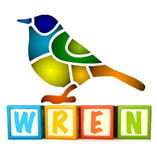
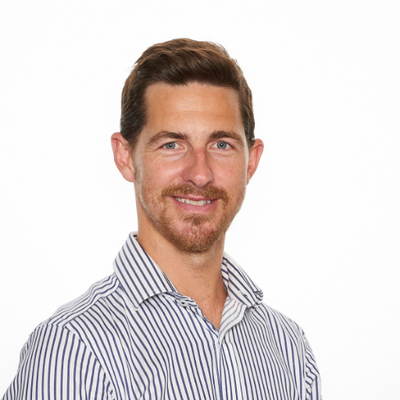
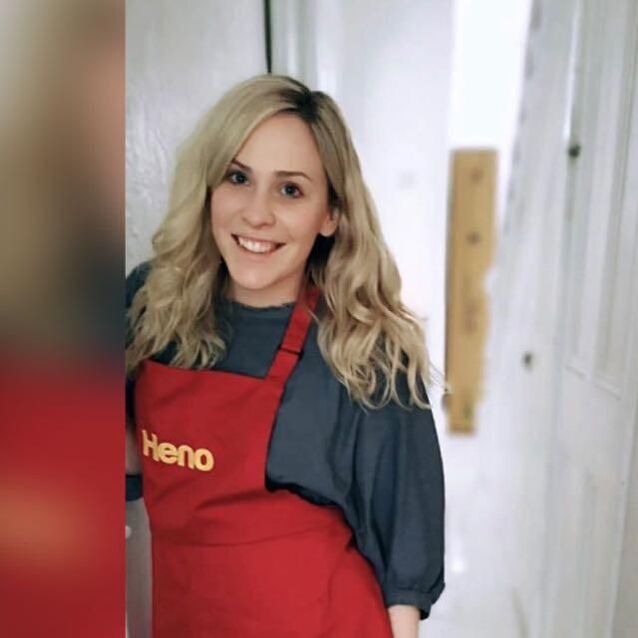
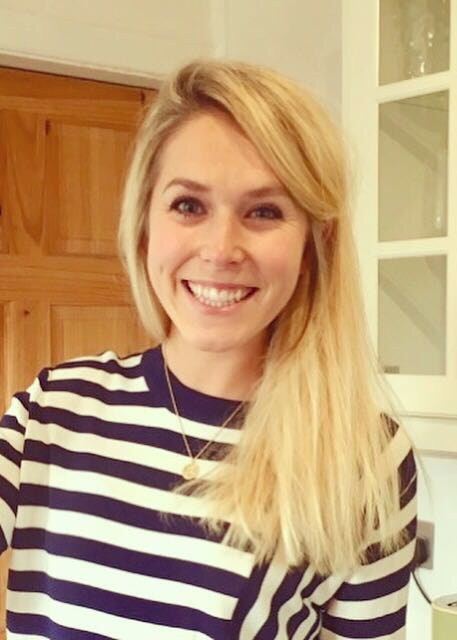
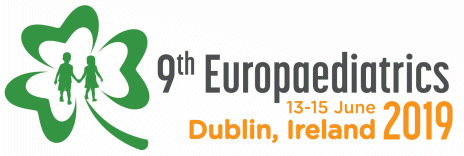
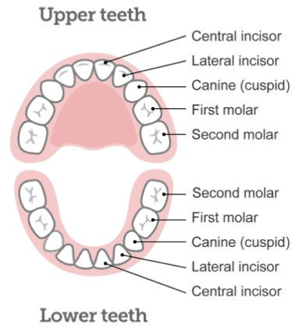
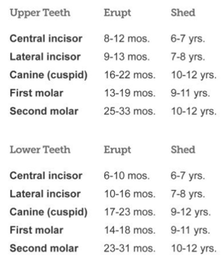
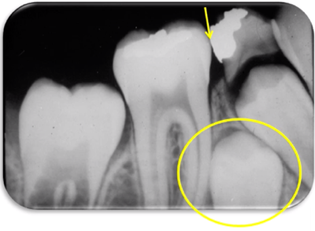
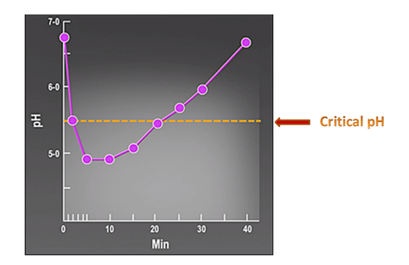
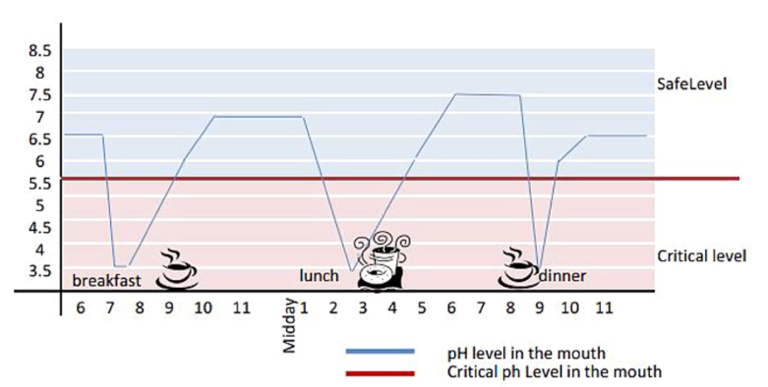
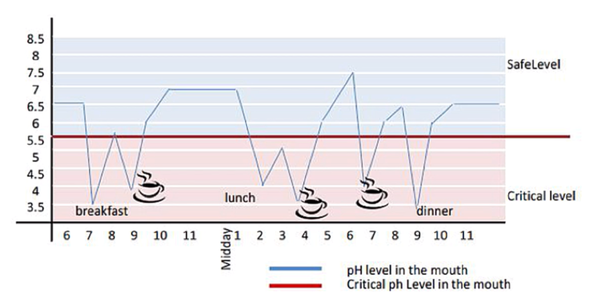
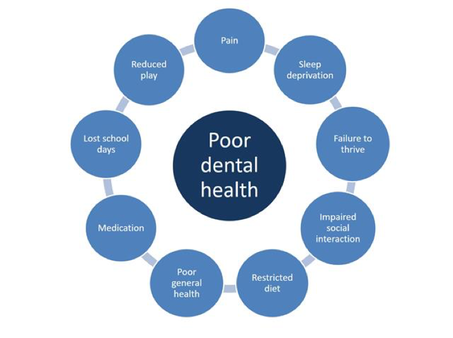
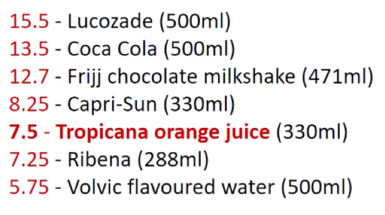
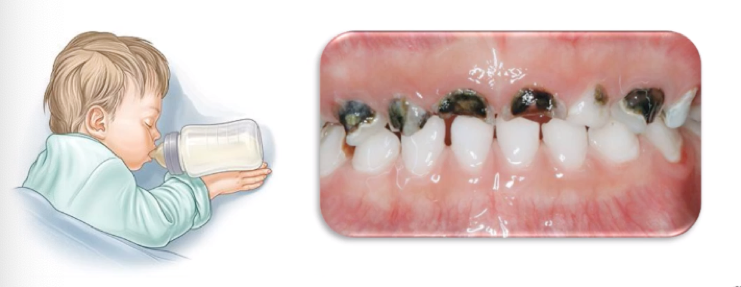

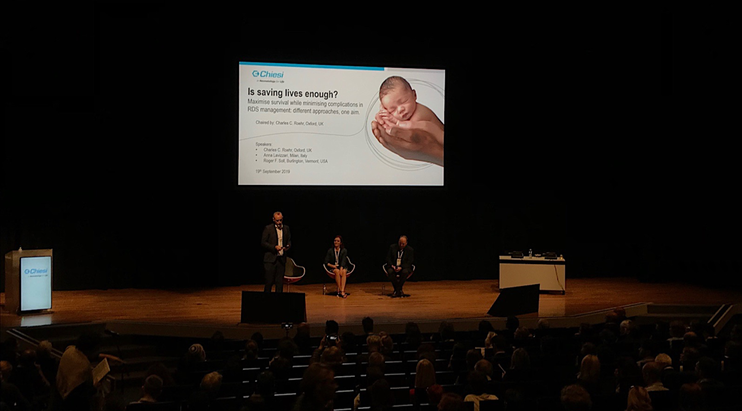
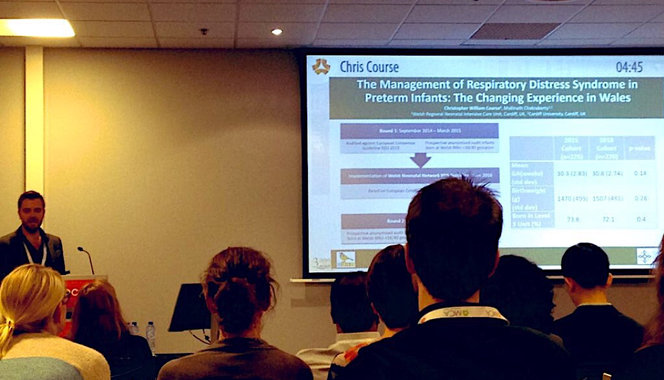
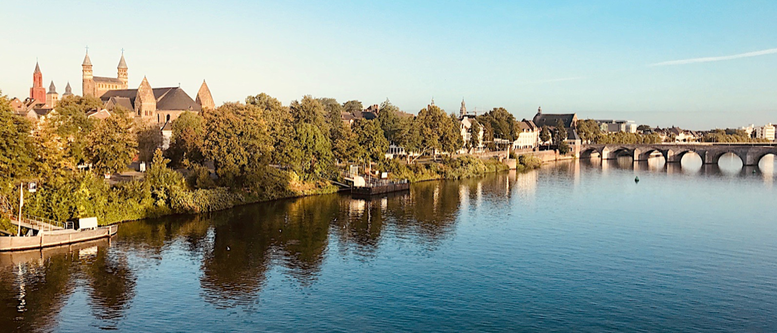
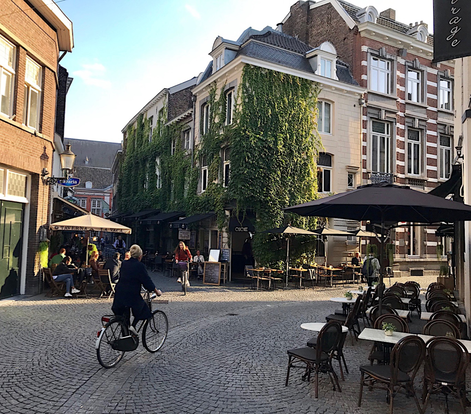
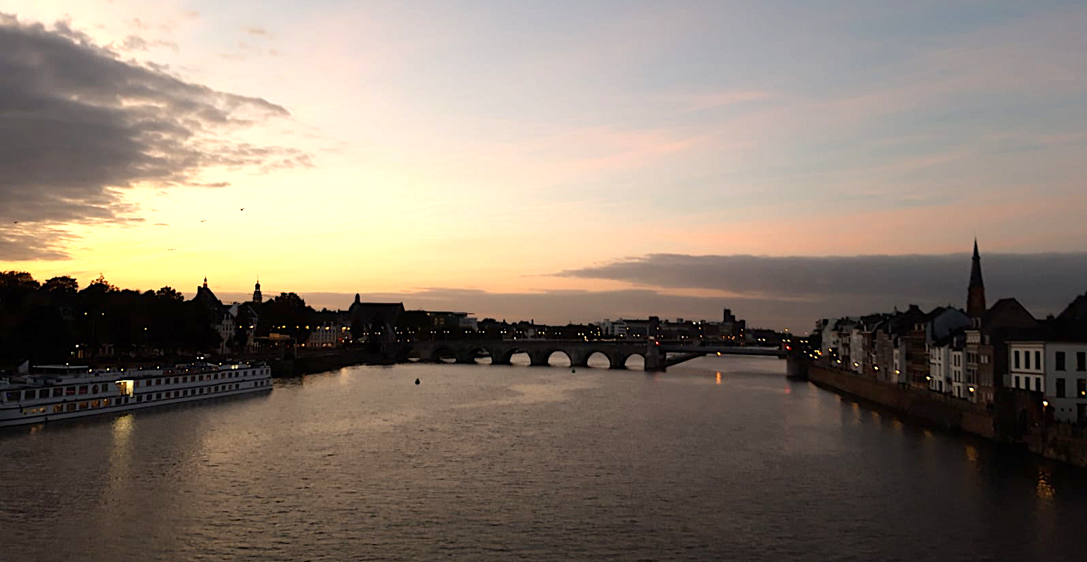
 RSS Feed
RSS Feed
